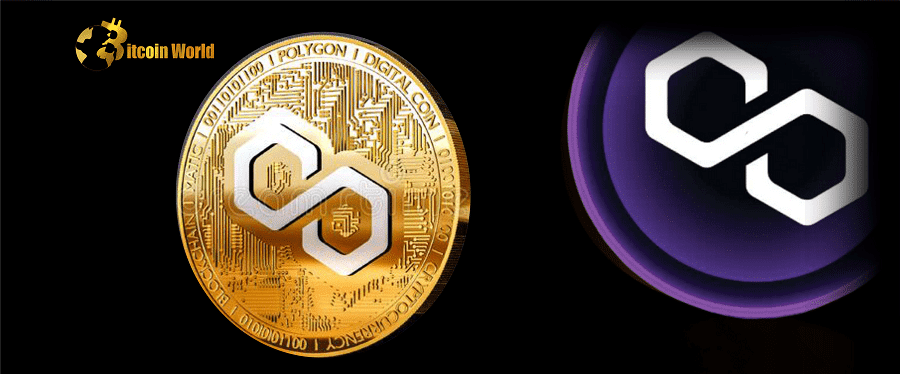Heads up, crypto enthusiasts! The Polygon [MATIC] network is gearing up for a significant upgrade. On January 12th, Polygon dropped the news of an upcoming hard fork, and it’s packed with changes aimed at making the network even better. If you’ve ever felt the sting of high gas fees during peak times on Polygon, this news is for you!
What’s the Buzz About This Hard Fork?
Think of a hard fork as a major software update for a blockchain. It’s a fundamental change to the network’s rules. In Polygon’s case, this hard fork is designed to tackle a common pain point: those unpredictable spikes in gas prices when everyone’s trying to use the network at once. Let’s dive into the specifics of what this upgrade entails:
- Taming Gas Fees: One of the key changes is a reduction in the base gas fee. Currently, it’s set at 100/8. After the fork, it’s slated to be halved to 100/16. This means a decrease from 12.5% to 6.25%. Simply put, this adjustment should help keep gas fees more stable and manageable, especially during periods of high network activity.
- Faster Transactions: Saying Goodbye to Reorg Delays: Polygon is also addressing the issue of frequent reorgs. A reorg happens when a validator finds a better, longer chain of transactions. While normal in blockchain technology, too many can slow things down. This hard fork aims to speed up transaction confirmation by streamlining the block production process.
- Quicker Blocks with a Shorter ‘Sprint’: Imagine a relay race where each runner passes the baton. In Polygon’s case, ‘sprint length’ refers to how long a block producer takes to create blocks. Currently, this is 64. The hard fork proposes cutting this in half to just 16. This significant reduction should lead to faster block creation and, ultimately, quicker transaction confirmations.
Why Are These Changes Important?
So, why should you care about these technical adjustments? Here’s the breakdown:
- More Predictable Costs: Lower and more stable gas fees make using Polygon more affordable, encouraging greater adoption and usage.
- Improved User Experience: Faster transaction confirmations mean less waiting time, making the overall experience smoother and more efficient.
- Stronger Network Stability: Reducing reorgs contributes to a more stable and reliable network.
How Did the Market React?
The market’s initial response to the hard fork announcement was positive. On January 12th, the price of MATIC saw an increase of approximately 3% by the close of trading. Let’s look at some key indicators:
- Price Trend: As of the announcement, the daily timeframe trendline indicated an upward trajectory for MATIC.
- Relative Strength Index (RSI): The RSI positioned the asset in a strong bullish trend, suggesting positive momentum.
- Directional Movement Index (DMI): The DMI further supported the bullish outlook, with both the positive DI and the signal line above 20.
More Users Joining the Polygon Ecosystem?
Beyond price movements, on-chain data also painted a promising picture. Santiment’s Daily Active Addresses metric showed an increase in activity in January compared to December. This suggests growing interest and engagement with the Polygon network.
What’s Next for Polygon?
This hard fork represents a significant step forward for Polygon. By addressing key issues like gas fee volatility and transaction speed, the network is positioning itself for continued growth and adoption. It’s a testament to the ongoing development and commitment to improving the user experience within the Polygon ecosystem.
Key Takeaways:
- Polygon is implementing a hard fork to improve network performance.
- The base gas fee is being reduced by half, aiming for more stable and lower transaction costs.
- The ‘sprint length’ is being shortened to accelerate block production and reduce reorgs.
- Early market reaction to the announcement was positive, with MATIC price showing gains.
- On-chain data suggests increased user activity on the network.
Keep an eye on Polygon as these changes roll out. This hard fork has the potential to make a real difference in how users interact with the network, paving the way for a more efficient and cost-effective experience in the world of Web3.
Disclaimer: The information provided is not trading advice, Bitcoinworld.co.in holds no liability for any investments made based on the information provided on this page. We strongly recommend independent research and/or consultation with a qualified professional before making any investment decisions.


